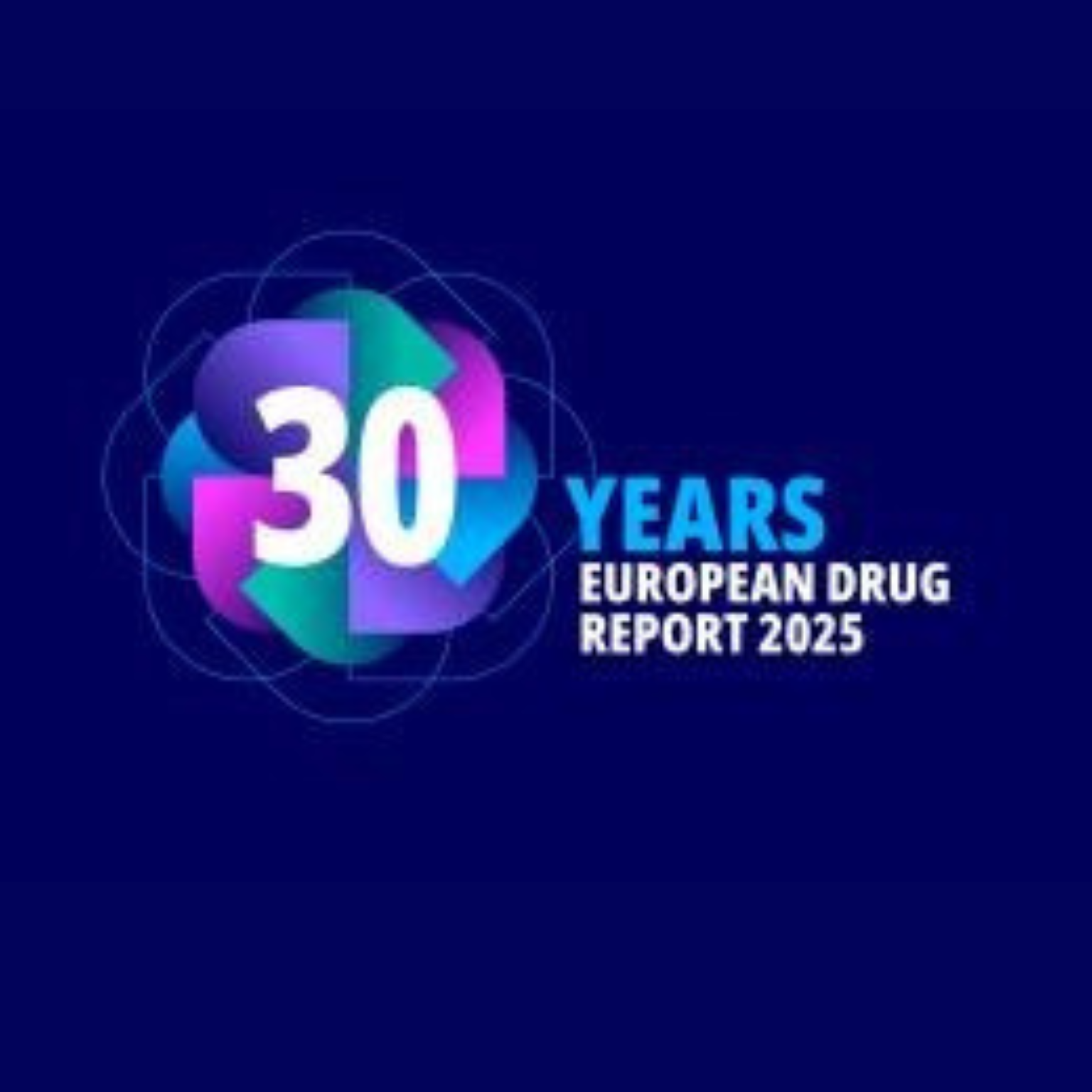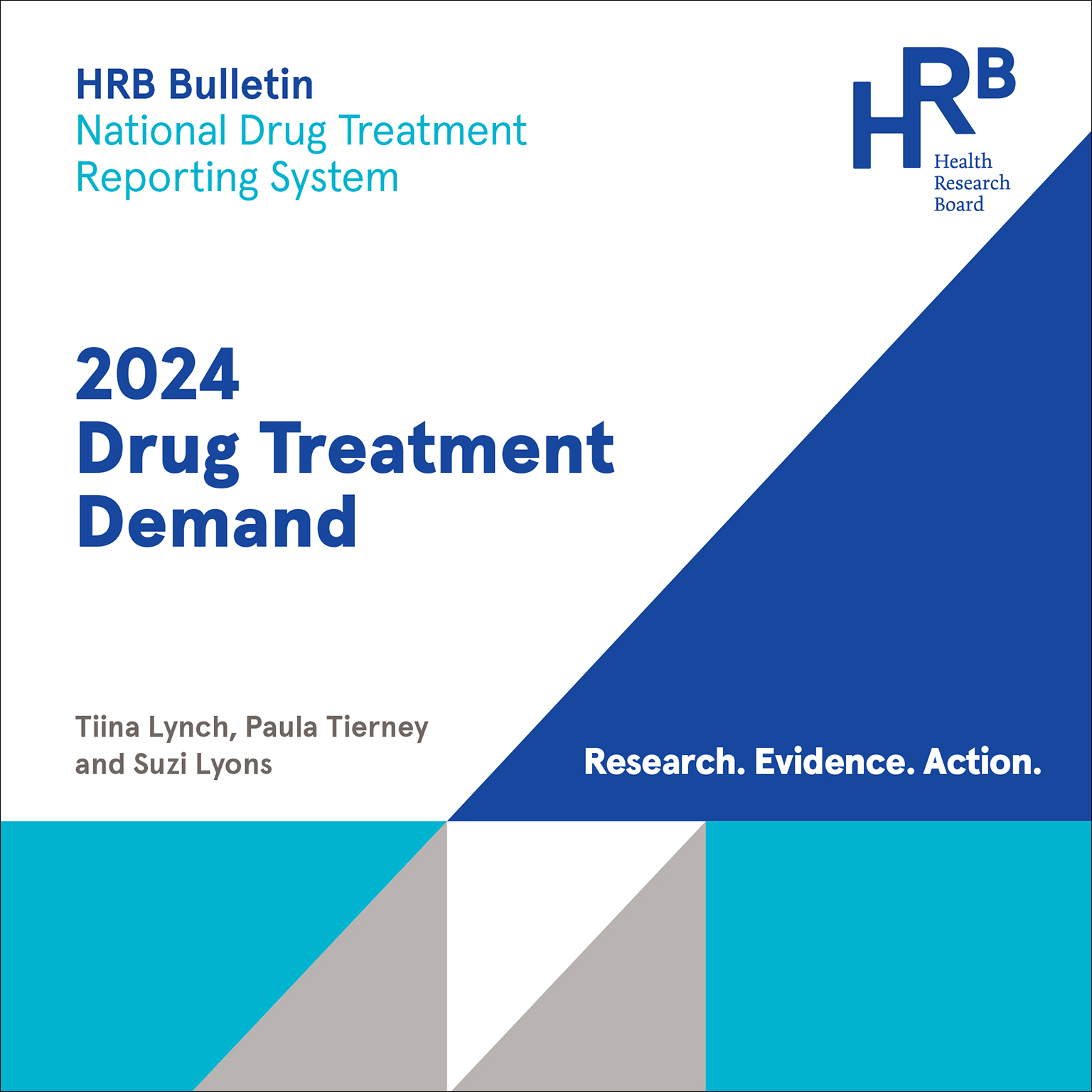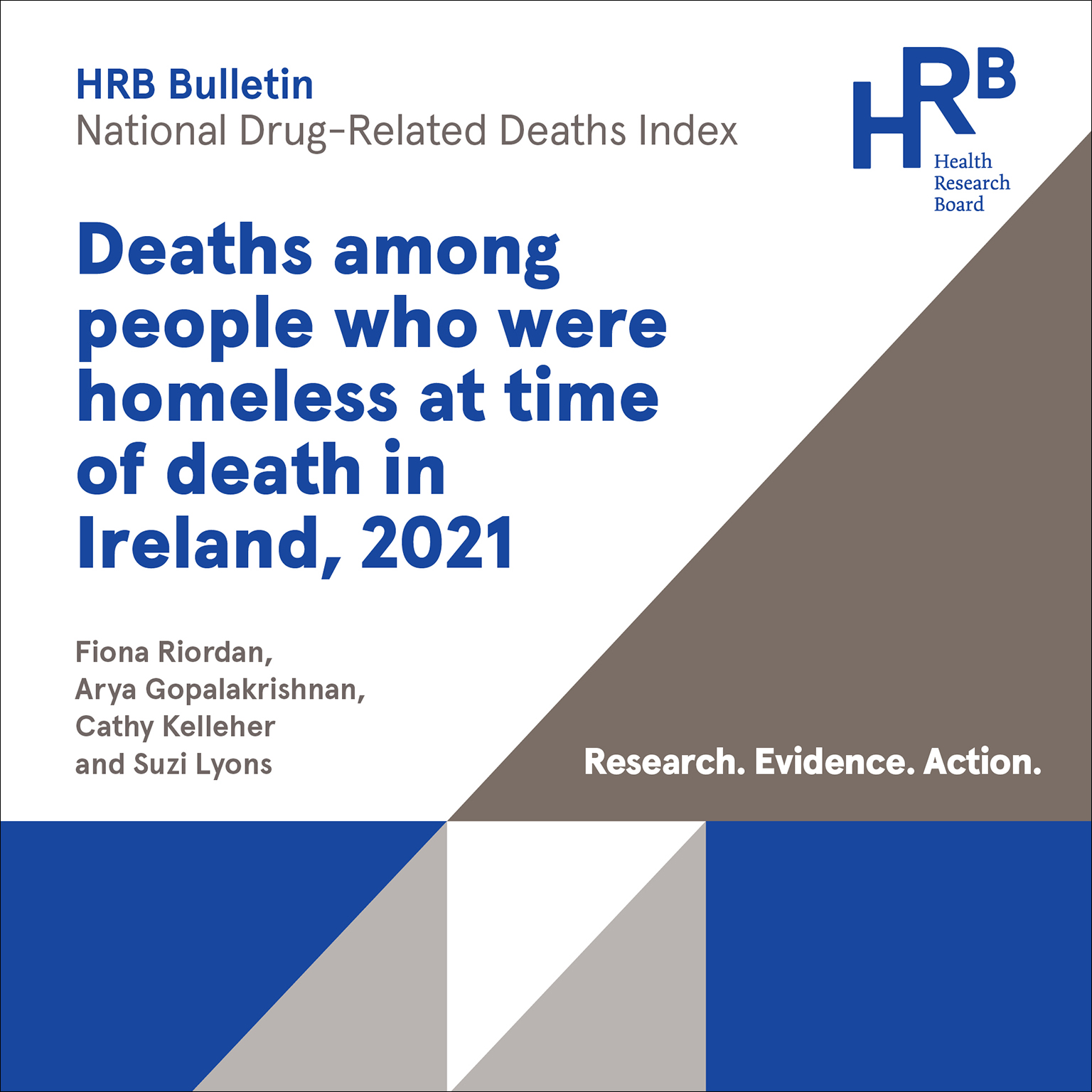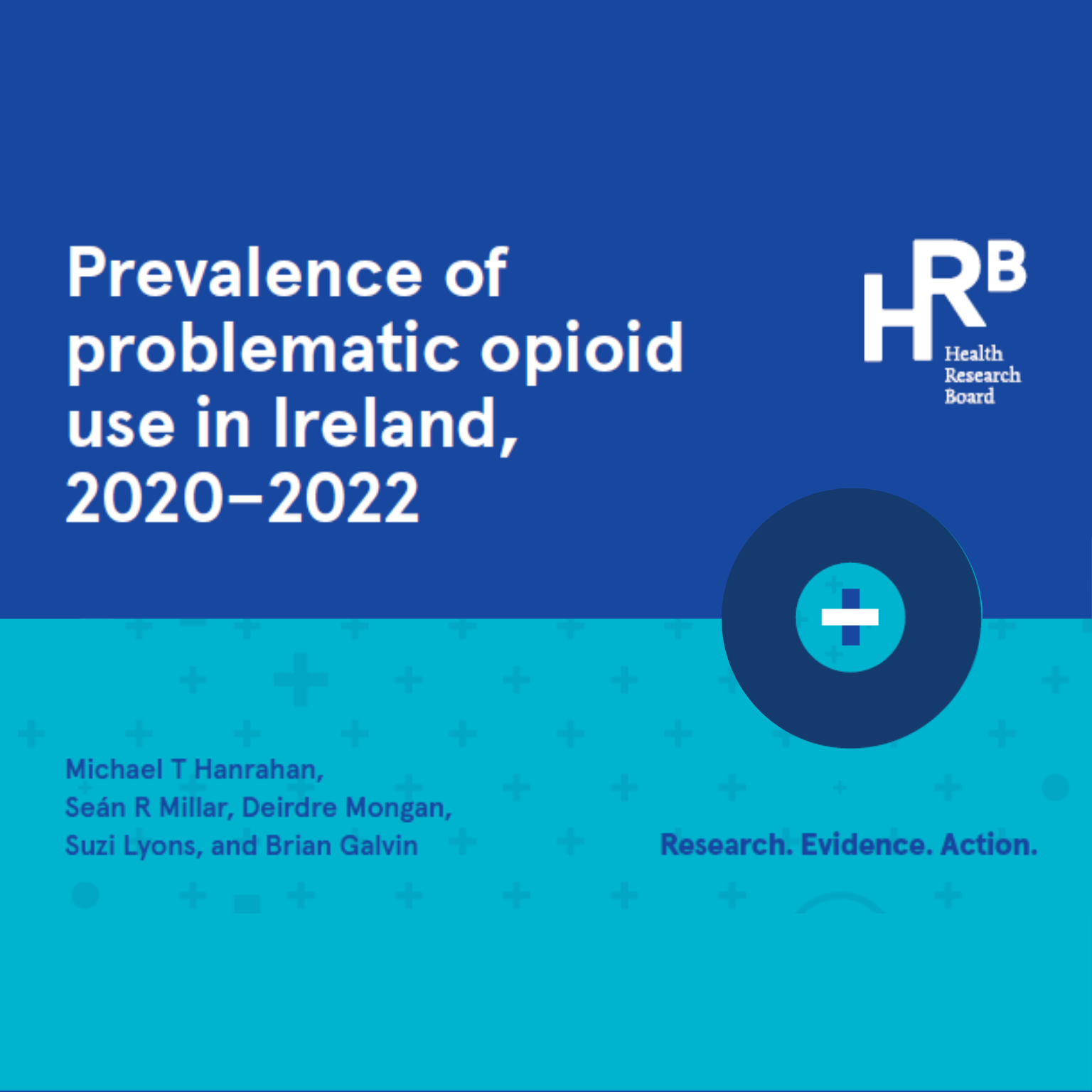HRB compares Irish drug situation with the rest of Europe
Thursday 6 June 2019: The European Monitoring Centre for Drugs and Drug Addiction (EMCDDA) will publish the European drug report 2019: trends and developments today.
12 min read - 6 Jun 2019
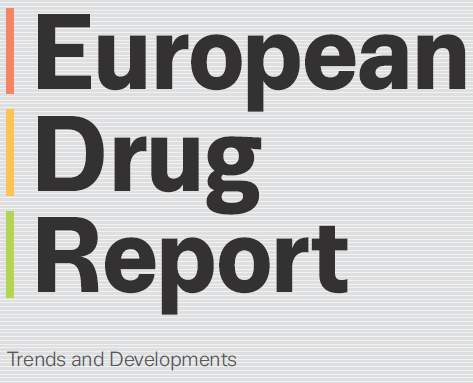
This report provides a snapshot of the latest drug trends across the 28 EU member states, Norway and Turkey. The Health Research Board (HRB) provides the Irish data and research for the EMCDDA report.
This media brief is designed to highlight key points from the European report and, where the data are available, provide a comparison with the situation in Ireland.
Europe is seeing signs of an increase in cocaine availability, with seizures at record levels according to the latest European drug report 2019: trends and developments. The report shows that in the EU 28, Norway and Turkey over one million seizures of illicit drugs are reported annually, around 96 million adults aged 15-64 years have tried an illicit drug in their lifetime and 1.2 million people receive treatment each year for illicit drug use. In 2018, 55 new psychoactive substances (NPS) were detected in Europe for the first time, bringing the total monitored by the EMCDDA to 730.
Commenting on the report, the Minister of State with responsibility for the National Drugs Strategy, Catherine Byrne, said: ‘The drug problem across Europe and here at home is of great concern, and the growing problem of cocaine use is particular worrying. In response, the HSE has developed a campaign to raise awareness of the dangers associated with cocaine and crack cocaine use. I have also recently allocated funding for the development of strategic health initiatives by the HSE and Drug and Alcohol Task Forces around the country, and it is anticipated they will include projects to tackle cocaine use.
The report also highlights the issue of drug poisonings. Any death from drug use is a tragedy and we must continue to promote harm reduction and prevent overdose. Across Europe, Supervised Injecting Facilities have been instrumental in reducing drug-related harm and I remain firmly committed to the establishment of a pilot facility in Dublin city. I also welcome the increase in the provision of Naloxone and training in its delivery as another public health measure which can greatly reduce overdose deaths in Ireland.’
EMCDDA Director Alexis Goosdeel says: ‘The challenges we face in the drug area continue to grow.
Not only are there signs of increased availability of established plant-based drugs like cocaine, but we are also witnessing an evolving market where synthetic drugs and drug production within Europe are growing in importance. This can be seen in problems associated with the use of highly potent synthetic opioids, in new production techniques for MDMA and amphetamines, and in recent developments in the processing of morphine into heroin inside Europe’s borders.’
Overview of key highlights in European Drug Report
Cocaine seizures, distribution and health issues
Cocaine seizures are at the highest level for many years and the drug is becoming increasingly available. Around 73,000 people entered treatment for cocaine-related problems in 2017 with worrying numbers involved in crack cocaine use, which is evident in Ireland as well. The price of cocaine has not increased but in 2017 the purity of the drugs at street level reached the highest it had been for a decade. While large-volume trafficking is still a major challenge for law enforcement agencies, there is increasing evidence that distributors are taking advantage of the opportunity presented by social media, the darknet and other technological advances.
Heroin is still the most common illicit opioid on the drug market in Europe and is a major contributor to health and social costs. Seizures of heroin and of acetic anhydride, a precursor chemical, have increased as have discoveries of heroin-processing laboratories. The synthetic opioids that have driven the opioid epidemic in North America only represent a small share of the European drug market but they are growing concern with links to overdoses and death. Six fentanyl derivatives were detected in Europe for the first time in 2018. Drug treatment monitoring data indicates that one in every five clients entering treatment for opioid use now reports a synthetic opioid as their main problem drugs.
Cannabis remains the most widely used illicit drug in Europe. Some 17.5 million or 14.4 % of young Europeans (15–34 years) are estimated have used cannabis in the last year (EU-28). Around 1% of adults (15–64 years) in the EU are estimated to be daily, or almost daily, cannabis users. Cannabis is now the substance most often named by new entrants to drug treatment as their main reason for contact.
Synthetic drug production in Europe appears to be growing, diversifying and becoming more innovative. Europe is producing amphetamines and MDMA for use in Europe and globally. The purity of both types of drugs is as high as it has been for several years and there are indications of increasing levels of production, such as raids on MDMA laboratories and detections of precursor dumping.
Comparison of the EU and Irish drug situation
Cocaine
European situation
- Around 2.6 million young adults (15–34 years) have used cocaine in the last year across Europe. Of the 12 countries that have reported prevalence figures since 2016, three have reported higher estimates and nine countries were stable compared to previous survey.
- Between 2014 and 2017 there was a 35% increase in the number of first-time entrants to drug treatment services with cocaine as a main problem drug.
- An estimated 10,600 clients entered treatment for primary crack cocaine use in 2016. Many of these clients report heroin as a secondary problem drug and they tend to be more socially marginalised than those in treatment for the use of powder cocaine.
- Analyses of municipal wastewater demonstrated an increase in cocaine residues in 22 cities (out of a total of 38) between 2017 and 2018.
Irish comparison
- In Ireland the most recent general population survey in 2014-15 shows that 2.9 per cent of 15–34-year olds used cocaine in the last year which had not changed since the 2010/11 survey. This is lower than the corresponding figure for the UK (4.7%), the Netherlands (4.5%) and roughly the same as Denmark, Spain and France. Only six countries reported last year prevalence of cocaine use among young adults of 2.5% or more.
- Cocaine is the third most common drug reported by those entering drug treatment in Ireland. Since 2014 there has been a steady increase in the proportion of new cases for treatment reporting cocaine as a main problem drug in Ireland, rising from a low of 297 cases in 2012 to 748 cases in 2017.
- Cocaine was implicated in 41 deaths in Ireland in 2016, slightly down from the 45 deaths recorded in 2015.
- Crack cocaine was reported as the main drug for 11.5% of cases entering treatment for cocaine use in 2017.
- The number of cocaine seizures decreased from a peak of 1,749 in 2007 to 364 in 2015. However, in 2016, cocaine seizures increased by 63% from the 2015 figure with a further 33% increase evident in 2017.
Cannabis: availability and use
European situation
- Cannabis is most commonly used illicit drug in Europe, across all age groups.
- The EMCDDA estimates that 14.4% of young adults (15–34 years) – an estimated 17.5 million people – used cannabis in the last year. Last year prevalence in this age group ranged from 3.5 % in Hungary to 21.8 % in France.
- Cannabis is responsible for the greatest share of new entrants to treatment. The overall number of people entering treatment for the first time and who are seeking treatment for problem cannabis use increased by 67% between 2006 and 2017, although there was small reverse between 2016 and 2017.
- In 2017, there were 782,000 seizures of cannabis products reported in the European Union.
Irish comparison
- The 2014/15 general population survey reported that 14% of young adults (15-34 years) used cannabis in the year prior to the survey, approaching the European average of 14.4%. This is the same prevalence as the European average for this age group and below that of Spain (19%) and France (22%), but slightly above that of the UK (11%).
- Cannabis was the main problem drug for 24.7% of all cases entering drug treatment in Ireland in 2017 and was the most common main problem drug reported by new cases (39.1%).
- The 2014/15 ESPAD survey reported that 18.9% of 15‒16-year-old students had used cannabis during their lifetime. This places Ireland slightly above the EU average of 16.5%.
- Cannabis herb has been shown as the most prominent drug seized in Ireland since 2010. In 2017 there were 2083 seizures of cannabis type substances (including cannabis herb, plants and resin) a slight increase from the 2056 seizures in 2016. There were 249 incidents of cannabis cultivation recorded by law enforcement agencies in 2017.
New psychoactive substances
European situation
- Data on new psychoactive substances (NPS) are based on notifications by Member States to the EU Early Warning System (EWS). In 2018, 55 new substances were reported for the first time (51 in 2017). By the end of 2018, the EMCDDA was monitoring more than 730 NPS, compared with around 300 monitored in 2013. The number of new substances being identified for the first time each year increased sharply between 2009, when 24 were identified, and 2014 when there were 101 notifications, but has since declined with 55 identified in 2018.
- 390 substances, approximately half of the new substances being monitored by the EU Early Warning System, were detected in Europe in 2017.
- In 2017, almost 78,000 seizures of new psychoactive substances were reported across Europe, 53,000 of which were in EU Member States.
- Synthetic cannabinoids and cathinones were the most frequently seized new psychoactive substances in 2017, with just over 32,000 seizures reported. In total, 118 synthetic cathinones have been identified since 2005, with 14 reported for the first time in 2016, a decrease from the 31 reported in 2014.
- Production of MDMA (3,4-methylenedioxymethamphetamine) is concentrated in Belgium and The Netherlands and has increased in recent years as substitutes for controlled precursors of the drug have become more available.
- An estimated 6.6 million MDMA tablets were reported seized in 2017, the highest number reported in the European Union in any year since 2007.
- The EMCDDA estimates that 2.1 million young adults (15–34 years), or 1.7% of this age group used MDMA/ecstasy in the last year. National estimates vary considerably with the Netherlands highest at 7.1%.
Irish comparison
- In 2010 more than 200 individual substances were controlled under the Misuse of Drugs Act 1977 and the Criminal Justice (psychoactive substances) Act 2010 was passed to prohibit supply of harmful NPS. While the court of appeal effectively annulled earlier declaration orders banning numerous substances, the Misuse of Drug (Amendment) Act 2015 was introduced to control these substances in Ireland.
- The 2014/15 general population survey reported last-year prevalence of ecstasy of 4.4% for young adults (aged 15-34 years), a significant increase from 0.9% recorded in the 2010/11 survey. Ireland is second after the Netherlands (7.1%) in Europe for prevalence of this drug.
- MDMA (alone or with other drugs) was implicated in eight deaths in 2016, the same number as in 2015 compared to 15 such deaths in 2014.
- Apart from cocaine, MDMA is the stimulant that accounts for the highest number of seizures in this category. In 2016 there was a 71% increase in seizures from the 202 recorded in 2015, with 2017 seizures remaining almost exactly the same as in 2016.
- Synthetic drugs are not produced in Ireland, nor are general illicit drugs tableted. Ireland is viewed as an end source not a transit country. However, the market is constantly changing; pre-precursors such as alpha-phenylacetoacetonitrile (APAAN) and benzyl cyanide, and precursors such as piperonyl methyl ketone (PMK) and benzyl methyl ketone (BMK), have been detected in Ireland in the past number of years.
Opioids (mainly heroin)
European situation
- There were an estimated 1.3 million high-risk opioid users in Europe in 2017.
- In 2017, use of opioids was reported as the main reason for entering specialised drug treatment by 177,000 clients or 37% of all those entering drug treatment in Europe. Of these, 32 000 were first-time entrants, a drop of 3,800 compared with the previous year. The number of first-time heroin clients more than halved from a peak in 2007, to a low point in 2013.
- It is estimated that at least 8,279 overdose deaths, mainly involving opioids, occurred in the EU in 2017. As in previous years, the United Kingdom (34%) and Germany (13%) together account for nearly half of the European total.
Irish comparison
- A prevalence estimate of opioid use in the Republic of Ireland in 2014, calculated using an analysis of four data sources, was between 18,720 and 21,454.
- The estimates of prevalence of opioid use for Dublin in 2014 were 13,458 opioid users. The corresponding figures for 2006, the last time the study was done were 14,909. The prevalence for the rest of Ireland (excluding Dublin) was estimated to be 5,530, also a slight decrease from 2006.
- Opiates (mainly heroin) were the most common main problem drug reported by cases entering treatment in 2017. There were 4,016 cases (45.0%) in 2017, a continuation of the steady decrease in the proportion of the total number entering treatment in recent years.
- Between 2007 and 2010 opiates (mainly heroin) were the main problem drug reported by new entrants, but opiates were superseded by cannabis in 2011, and this trend continues with less than a quarter of new cases in 2017 reporting heroin use.
- Methadone (alone or with another drug) was implicated in 29% of poisoning deaths and continues to be the opiate most commonly associated with poisoning deaths. In 2016, there were 103 deaths where methadone was implicated, compared to 89 deaths in 2015 and 105 in 2014. The peak in recent years was in 2011 when there were 116 deaths where methadone was implicated.
- In 2016 there were 72 deaths where heroin was implicated, compared to 83 in 2015.
- Following a peak in 2014, the number of seizures of opioids continued to decline year on year, with the number of seizures in 2017 (765) being approximately 59% lower than in 2014.
Journalists can access the European Drug Report 2019 and all related documents at the following link. http://www.emcdda.europa.eu/edr2019
ENDS
If you have any queries in relation to the Irish figures, you can contact:
Gillian Markey, Communications Manager, Health Research Board
m +353 87 2288514 e gmarkey@hrb.ie
Notes to Editors
- The most recent Irish household study estimating the prevalence of drug use in Ireland was undertaken in 2015. A new survey is currently being conducted and the results of this will be published in 2020.
- The Irish drug treatment data referred to above is taken from reports on those entering treatment in 2017. The most recent year for which drug-related deaths estimates are available is 2016. The latest Irish data on drug deaths and drug treatment have already been released earlier this year.
- The Department of Health have recently reconstituted the Early Warning and Emerging Trends network to advise the government and exchange information on new psychoactive substances, emerging drug trends or practices and the consequences of such use.
12 min read - 6 Jun 2019
